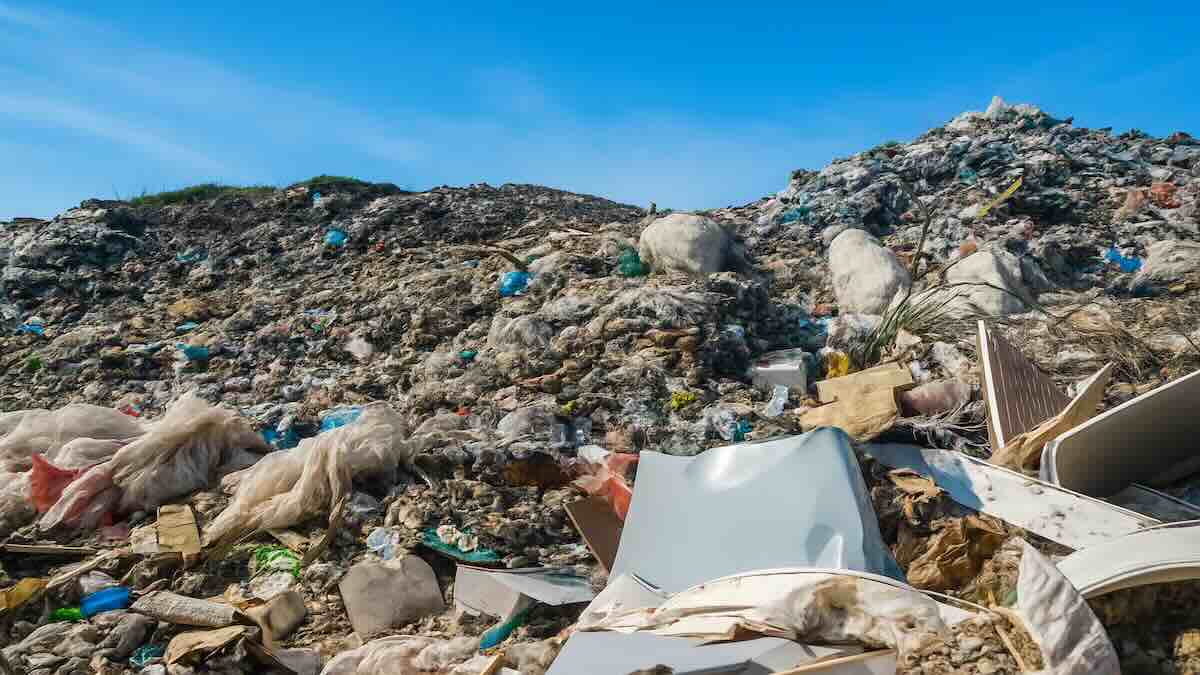A low-cost way to turn everyday waste into higher-value molecules is no longer theory. Scientists show that humid air, a simple catalyst, and heat can unlock the hidden worth of plastic while cutting the need for harsh reagents. The proof comes from PET, the common bottle polymer, which breaks into useful building blocks under controlled conditions. With fewer inputs, clear steps, and strong selectivity, this approach opens a cleaner path for large-scale reuse.
How air unlocks value from cheap plastic
Recycling stalls because most items are mixed, dirty, or hard to process, so vast volumes end up burned or buried. Only 9% of all polymers ever made have been recycled, which keeps pressure on oil use and drives pollution. PET is different because it has a clear structure and a valuable monomer.
When researchers pair activated carbon with a molybdenum catalyst, then heat PET with moisture from air, the long chains split cleanly. The process yields terephthalic acid, known as TPA, plus acetaldehyde, both already used in industry. Because air supplies the oxidant, the recipe relies on mild inputs, so waste streams shrink while safety margins rise.
Steps are simple, so plants can scale in stages and test quality fast. That mix—clear chemistry, common feedstock, and higher-value outputs—changes the economics of reuse.
Inside the mechanism, step by step
This route favors control because the catalyst directs where bonds open, which limits unwanted fragments. Activated carbon spreads heat and raises contact, so the reaction stays even as humidity varies. PET flakes go into a vessel with the catalyst bed, then heat and air do the rest because oxygen drives bond scission.
The team reports selective formation of TPA and acetaldehyde, so downstream separation is simple and costs stay low. In older routes, processors use strong acids or glycolysis, which add waste steps and raise energy bills. Here, air replaces much of that burden, so energy per ton can fall while yields hold steady.
Because the chemistry works on bottle-grade PET, sorting rules stay familiar, which helps material recovery facilities move quickly. As inputs remain simple, plastic from common bottles becomes a steady source for clean feed, which in turn supports stable planning.
Practical gains, everyday risks, and best-practice checks for plastic
Plants can slot this route beside wash-and-flake lines, then send TPA to polyester makers while selling acetaldehyde locally. Because both outputs have active markets, cash flow improves, which helps finance better sorting and pretreatment.
Teams still need guardrails: moisture must be within range, feedstock should avoid PVC and nylon, and labels should be removed where possible, because these steps protect selectivity. Routine checks keep quality high: sample each batch, verify TPA purity, and monitor acetaldehyde carryover, then tune temperature as needed. While inputs are mild, operators still track airflow, bed life, and carbon fouling, since these factors shape uptime.
Good logistics matter too, because dry storage, quick transport, and simple contracts reduce losses. With these habits, sites turn a variable waste stream into steady product, so plastic stops being a liability and starts acting like a reliable resource.
Numbers, names, and where scale could land next
According to Northwestern University, researchers Yosi Kratish and Naveen Malik led the work and reported it in Green Chemistry. The study shows that humid air can help depolymerize PET under controlled heat with a molybdenum catalyst and activated carbon.
The outputs—TPA and acetaldehyde—fit into existing supply chains, so upgrades focus on reactors, monitoring, and filtration rather than on new markets. Because the oxidant is air, plants avoid large chemical inventories, which lowers risk and insurance costs. Energy demand can fall versus routes that rely on heavy solvents, because the pathway uses fewer conversions and simpler separations.
That shift helps life-cycle scores, so procurement teams can count lower embodied emissions. As throughput rises, regional hubs can process mixed bales after a light sort, then sell consistent TPA to fiber producers. With clear targets and modular gear, the jump from pilot to mid-scale becomes a practical, staged path for plastic recovery.
Policy, market signals, and a fresh angle not covered above
Markets respond when better rules and steady buyers align, so contracts with textile, packaging, and auto suppliers can unlock bankable projects. Because TPA feeds polyester, fabric mills can cut virgin input, which supports brand targets without costly redesigns.
Municipal programs gain too, since new buyers for PET raise bale prices, which then fund cleaner streams and better collection. Insurers may favor sites that store fewer reagents, so premiums drop as safety improves.
Standards help adoption: clear specs for TPA purity, catalyst reuse cycles, and carbon bed life keep quality high while costs stay visible. Education also matters, because simple guidance on bottle prep and label types reduces plant downtime. As signals line up, plastic stops flowing to dumps and shifts into planned loops that people can measure, improve, and trust.
What this air-to-chemistry leap means for everyday waste
A route that uses air, heat, and a smart catalyst to turn PET into saleable chemicals changes how we handle plastic. It links local sorting to real markets, so value returns to towns and plants. Because inputs are simple, risks fall and energy can drop, while outputs feed known factories. With steady adoption, the loop tightens, waste shrinks, and higher-value molecules keep moving.
